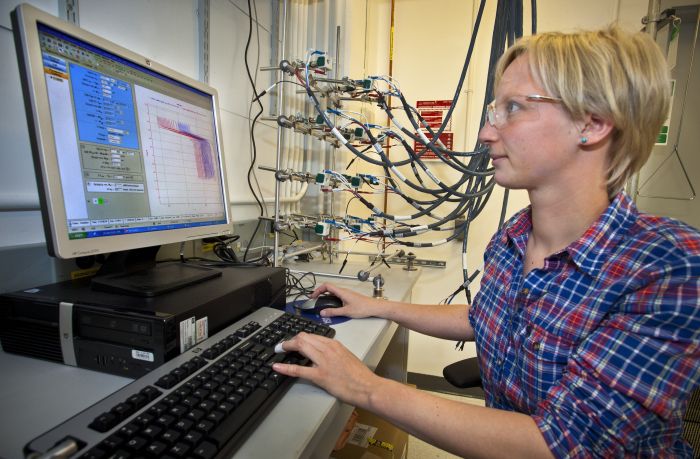DOE supports energy storage efforts with $120 million grant
 One of the most biggest issues with adding in intermittent renewable energy sources to the grid and to allowing homes with PV to support their energy without the grid or when it goes down, is energy storage. Hundreds of companies in the U.S. are attempting to create, better, more efficient and cheaper energy storage technologies like batteries. As such the U.S. Department of Energy is helping fund efforts of startups and helping transition them from research and development (R&D) phases to commercial companies. Most recently it announced a grant of up to $120 million to support the joint efforts of CalCharge and the Joint Center for Energy Storage Research (JCESR), a DOE innovation hub project.
One of the most biggest issues with adding in intermittent renewable energy sources to the grid and to allowing homes with PV to support their energy without the grid or when it goes down, is energy storage. Hundreds of companies in the U.S. are attempting to create, better, more efficient and cheaper energy storage technologies like batteries. As such the U.S. Department of Energy is helping fund efforts of startups and helping transition them from research and development (R&D) phases to commercial companies. Most recently it announced a grant of up to $120 million to support the joint efforts of CalCharge and the Joint Center for Energy Storage Research (JCESR), a DOE innovation hub project.
The JCESR is led by Indiana’s Argonne National Laboratory and is combining the R&D efforts of five DOE national laboratories, five universities and four private firms, to drive advances in battery performance and energy storage. CalCharge is not directly affiliated with JCESR, but will benefit from it. “We’re an affiliate of the research program that will be implemented,” said Doug Davenport, a program manager at the Lawrence Berkeley Lab’s (LBL) Environmental Energy Technologies Division (EETD). LBL’s facilities and researchers are working with CalCharge to aide its members.
Battery technology is getting better. “It’s very easy to see that there’s been a really great performance jump in lithium ion technologies thanks to electric vehicles and [smart devices],” Davenport said. But there’s still room and demand for improvement. That’s where CalCharge and JCESR step in.
CalCharge is working with emerging and established California companies, academic and research institutions, government bodies, and financing sources help them develop potentially disruptive, next-generation energy storage technologies for the electric/hybrid vehicle, grid, and consumer electronics markets, according to Davenport. “The CalCharge model is to look at these startups and look at resources. We have research partners all over the place and…are connecting them to people that really need battery technologies. There’s some real potential to be in much tighter contact and that’s something CalCharge [is helping with],” he said.
“Playing a role in the Joint Center for Energy Storage Research further cements California’s role as a national leader in cutting-edge energy technologies,” said Venkat Srinivasan, head of the Energy Storage and Distributed Resources groups at LBL in a press release. “Because of JCESR we can bring even more to a partnership with CalCharge and its members.”
As the companies involved in these projects move forward they will help bring down the cost of energy storage technologies helping to make renewables and EVs more practical than ever.



